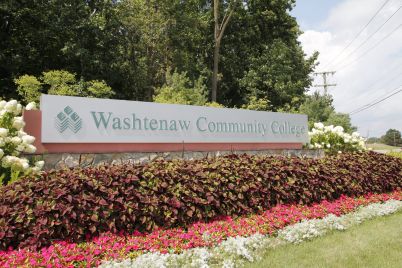by DOINA PLOP
Deputy Editor
WCC is starting the winter semester with a lower student enrollment rate. As of January 7, the student headcount and the credit hours were respectively 6.9 and 4.3 percent lower compared to last year.

“It’s a different balance from what we are used to,” said Mika McAskill, the strategic enrollment vice president. Washtenaw is trending ahead with the new student enrollment and slightly behind with the continuing student pool.
According to McAskilll, the student enrollment rate will continue to improve. More students are joining scientific programs. McAskill reports that 24 percent of students enrolled for fall 2020 were enrolled in more than 12 credit hours, compared to the 18 percent of fall 2019. Many students are taking advantage of the numerous accessible classes by registering for more credits and trying to achieve their goals faster.
WCC experienced a severe enrollment decline in classes that usually require a more hands-on approach. That appears to be a trend that many other colleges have experienced as well. Some students are reluctant to attend in-person options because they fear getting infected or bringing the virus home to their families. Others simply prefer the new virtual way of learning.
“We are doing okay compared to other institutions in Michigan,” said McAskill. The vaccinations seem to bring additional optimism to students and staff. “We anticipate having more options for on-ground classes during fall 2021,” said McAskill.
As of January 7, Washtenaw is still offering multiple class options: online, virtual, and mixed-mode. Among those mixed-mode classes are nursing, automotive, and welding courses. These sections take place while following safety procedures. At the moment, online classes are 77 percent full, virtual classrooms are 73 percent full, and the classes available on-ground are 60 percent full.
The academic team did not seem to have any issues transitioning to virtual classes this semester. “We did it with grace, like a well-oiled machine,” said McAskill. The new way of teaching encountered a positive embrace.
“Students like it and I do not think it is ever going away now,” said McAskill.

